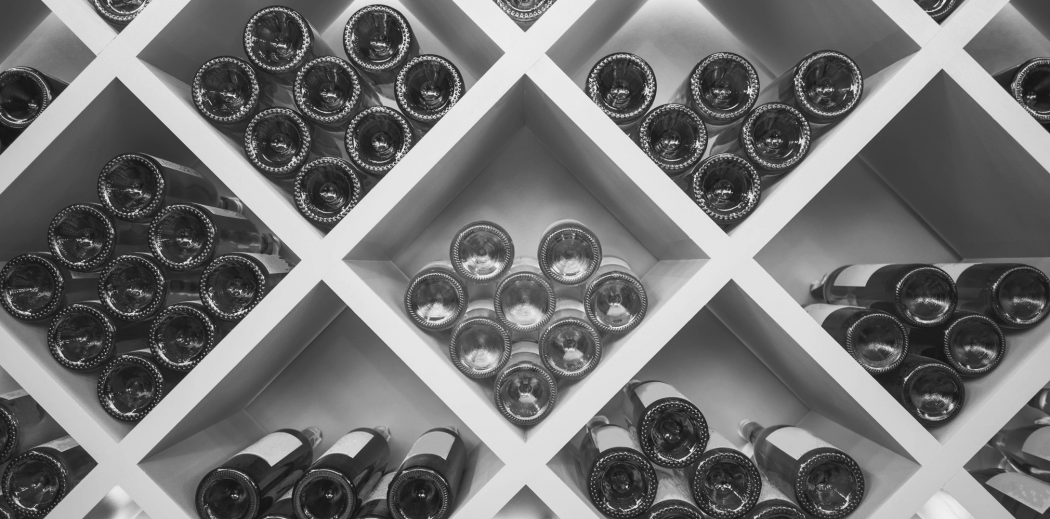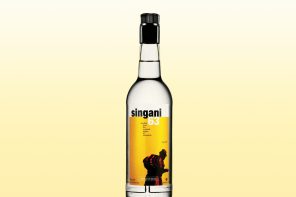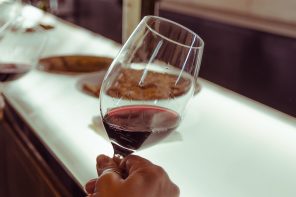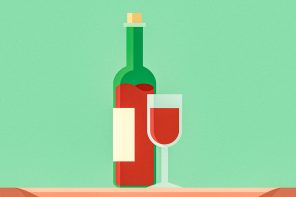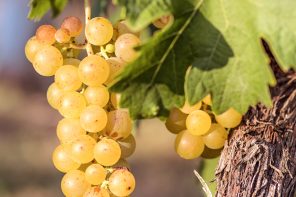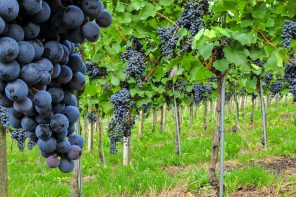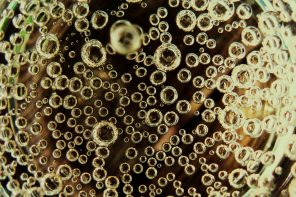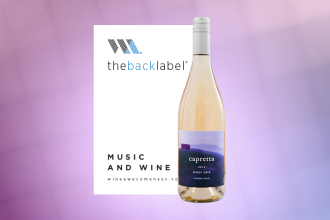There is no longer a need to dodge the German wine aisle in your local wine shop. I am here standing in front of you, holding a German label guide, ready to be your new wine superhero. After all, who speaks German anyway?
The first thing I want to make absolutely crystal clear, Riesling is NOT always sweet! Working in a retail store, I have met a whole herd of people who seem to have attended the same lecture given by a wine-drinking fool who has never tasted a dry Riesling. It’s just so not true. In Germany it’s all about the sweetness level. The whole damn classification system is pretty much based on this. Here is a foolproof guide debunking the terms that may appear on a German wine label (that may otherwise put some of you into a tailspin). I have broken this down into steps so no one gets lost.
Step 1
Germany being all far-out and different often puts its grape name on the label. When you are looking at the bottle the first thing you’re going to want to pick out is the grape variety that we’re dealing with.
It’s good to know that most wine of this region is white and most of the whites are made of Riesling. (So, if you can’t find the grape on the bottle and the wine looks clear it’s a safe bet that it’s Riesling.) The other white grapes that sometimes make a cameo are Silvaner (Riesling’s lover), and their wild lovechild Muller-Thurgau. If you come across a red, it is most likely to be Spätburgunder (aka Pinot Noir).
Step 2
Like in France and Italy, there is a quality classification system that is way complicated and will take a good amount of drinking and books to fully understand, but here is an intro. Although there are four main classifications, two are most important to understand. First we have Qualitätswein. The second is Prädikatswein – formerly known as Qualitätswein mit Prädikat, which is mostly used in Mosel, the largest and fanciest wine region in Germany.
Step 3
Qualitätswein is based mainly on the ripeness (and therefore sweetness) of the grapes. The ripeness is the determining factor for where the wine will lie in the sub categories. In addition, the grapes must be from one specific region of the thirteen main producing regions in Germany in order to be called a Qualitätswein.
Qualitätswein style terms:
Trocken: Bone-dry, high-acid, bright, sunshine wines that kind of taste like eating a handful of yellow Sour Patch Kids. This has the lowest level of sugar. If you take one thing away from reading this, take this: Trocken is German for dry!
Halbtrocken: (aka half-dry) These wines will have a kiss of sweetness on them. They are a good entry-level style for the newcomers to the wine world. Dip your toe in, have a glass and stay awhile.
Liebliche & Süss: These two are the sweetest. Liebliche is a tad less sweet then Süss, but will still make you feel like you just watched the last 10 minutes of The Notebook four times.
Step 4
Prädikatswein is the most popular of all the levels in the German wine market and the following subcategories you, as a normal wine buyer, will see. All of these wines can be fermented to dryness. These following levels just show what the potential amount of sugar (and therefore sweetness) is in each grape based on ripeness at the time they are picked. When trocken is stated next to one of the subcategories on the bottle you know you have a dry wine.
Prädikat subcategories:
Kabinett: This wine will have the lowest sugar of the bunch. Lightest and typically known for having lower alcohol. Pair these guys with spicy Asian food for a heavenly dance party in your mouth.
Spätlese: Next step on the grape sweetness charts, but usually with nice richer honey and fresh white flower notes. Drinking these you feel like you’re dancing around in a Japanese tea garden during the spring with a throat lozenge in your mouth. *Spätlese translates to late harvest.
Auslese: These wines are harvested at an even sweeter point then the two previous categories. Usually picked by hand with some noble rot (the good kind of rot). These wines usually very forward, bold and rich, like the guy behind the meat counter at whole foods. *Auslese means select harvest.
Beerenauslese (aka BA aka berry select harvest). Followed by Trockenbeerenauslese (aka TBA aka dry berry select harvest). *Friends do not be confused it may say trocken in the name but both of these wines are usually extremely sweet. Ending with Eiswein: These are harvested when the sugars in the grape are concentrated due to the weather. Harvested by hand when the grapes are partially frozen. All three of these are beloved wines by those who can afford them (and those who wish they could), they usually come in half bottles and have a hefty price tag.
German wine labels are difficult to understand, but if you’re not into buying rare bottles of Muller-Thurgau or aren’t a Riesling aficionado, then you are in a good position. If you just remember Riesling isn’t always sweet and Trocken means dry, you’re already ahead of the curve.

